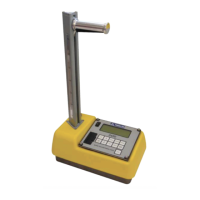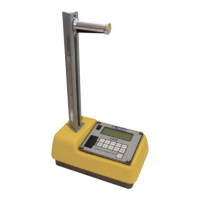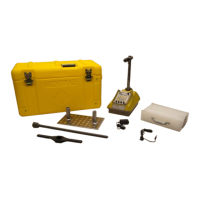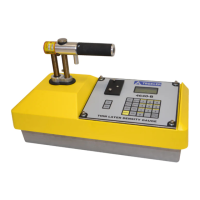D–4
DISPOSAL
Regulations require that very strict methods be followed when disposing of
radioactive materials. For specific information concerning disposal costs
and available disposal sites, please contact the factory or your local Troxler
representative if outside of the United States. Generally, a Troxler gauge
may be transferred to another authorized licensee or returned to our factory
for final disposal.
RECORD KEEPING
In the United States, the following documentation should be maintained
and available for review by the licensing agency. (Outside the United
States, refer to your local licensing authority/agency or contact your
authorized Troxler representative).
1. Radioactive Material License
. A valid license must be on file and
should be periodically reviewed to ensure that all conditions are
current.
2. Troxler Training Certificate
. A certificate of attendance at a Troxler
Training Course is required by each operator.
3. Regulations
. A copy of the regulations furnished by your licensing
agency should be maintained as part of your records.
4. Leak Test Report
. As a means of verification of compliance with
current regulations, a copy of each Leak Test Report for each gauge in
your possession must be on file. (It is also a good idea to make a note
when Leak Tests are performed and sent. If you are inspected before
test results are returned, you have de facto (existing) proof of
compliance.)
5. Personnel Monitoring Report
. A copy of each personnel monitoring
report must be maintained in your files. This report must contain the
wearer’s name, social security number, date of birth, and actual
exposure received.
6. Inventory, Receipt, and Transfer Records
. A log to show gauge
location should be maintained. Whenever a gauge is removed from a
permanent to a temporary location, it should be noted on the log.
When removed from a temporary site, a log should show where the
gauge is being used. Operators should be required to sign out when
removing gauges and sign in when returning them. The licensee is
required to know where each gauge is at all times.
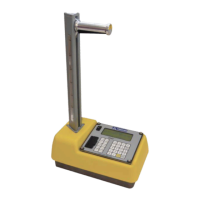
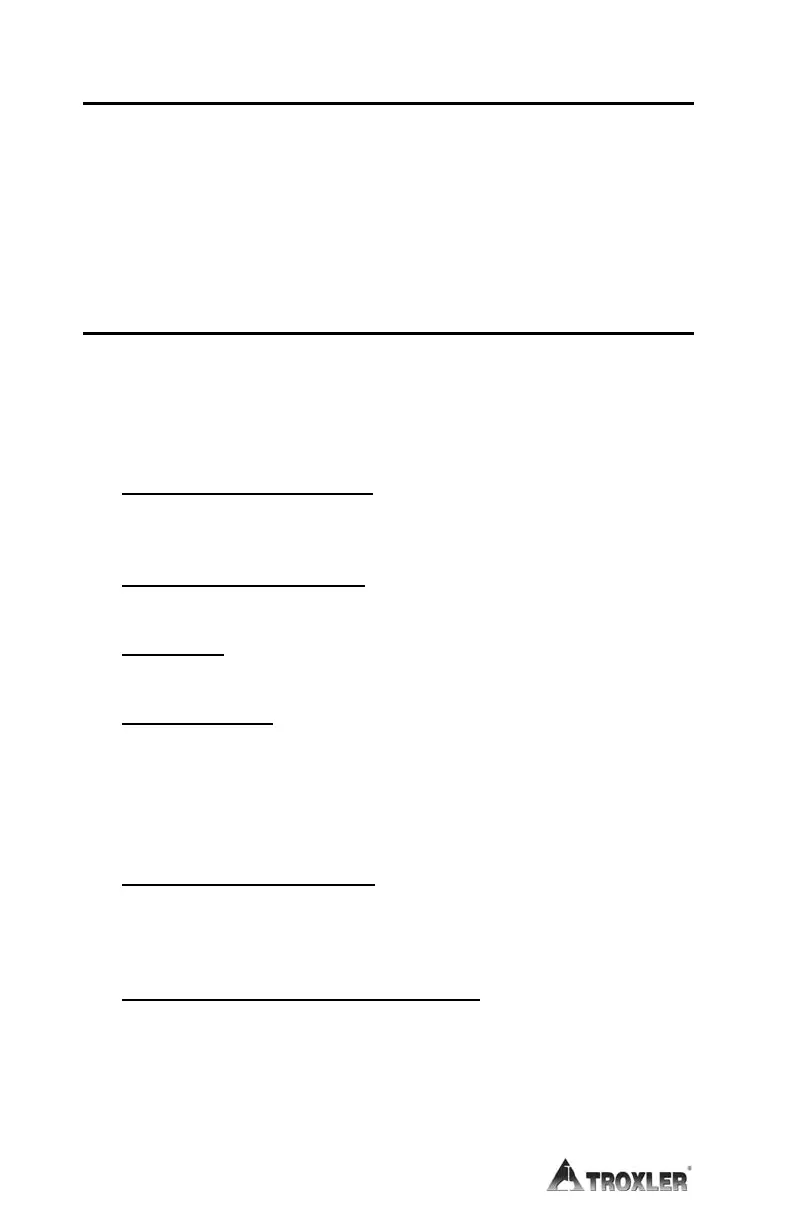